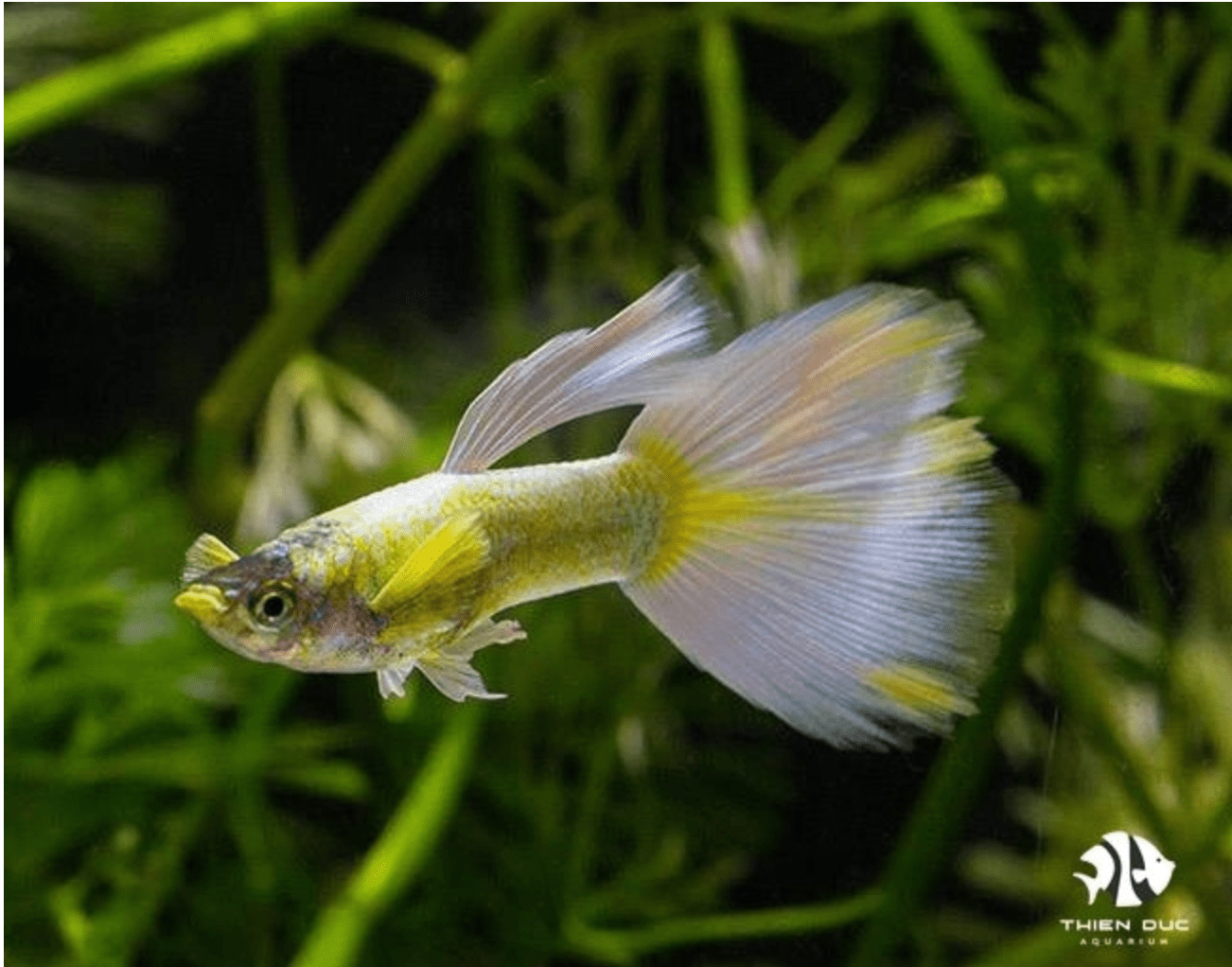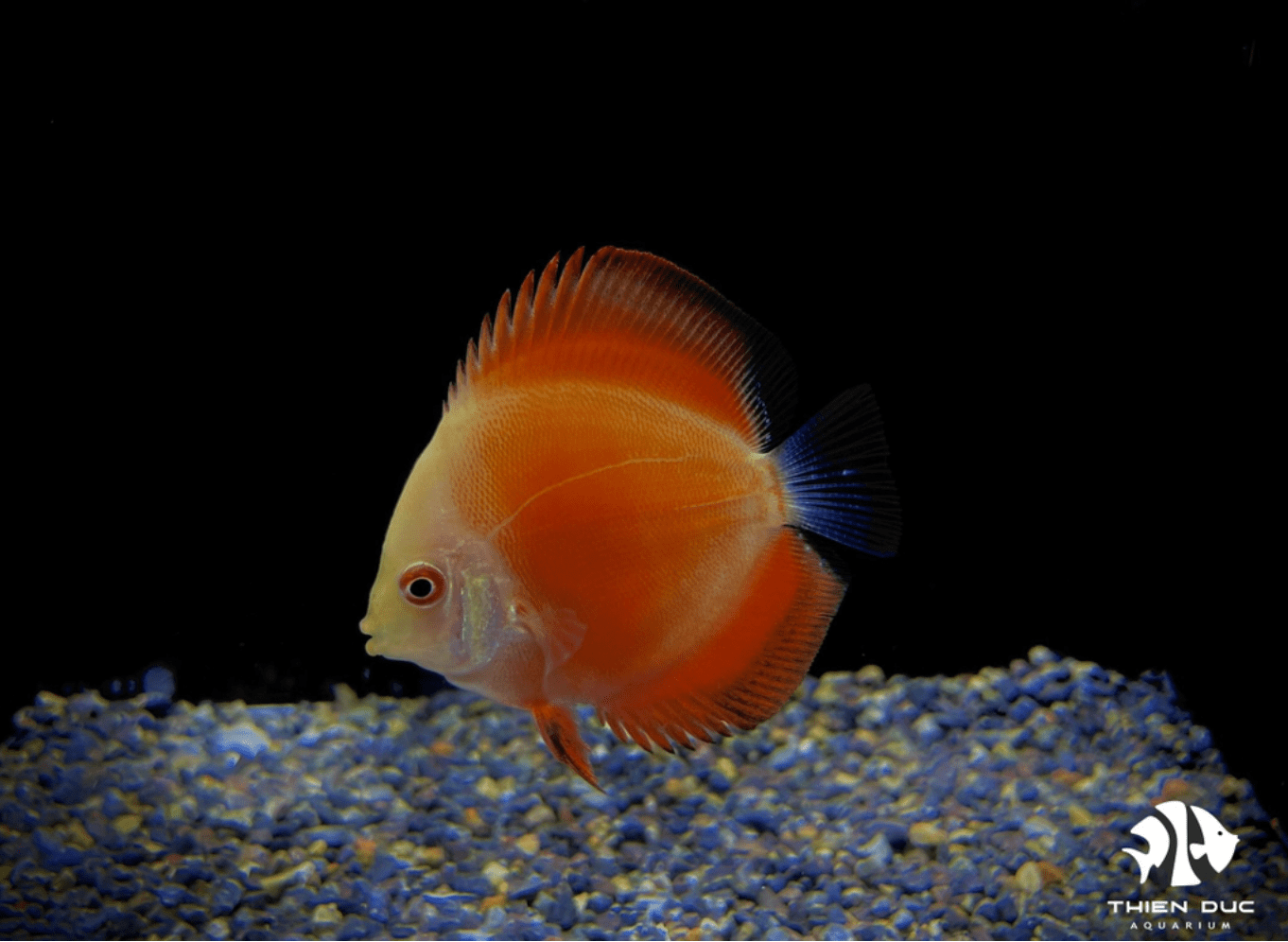Live Animal Transport Logistics: Mastering Safe Fish Shipping
A flash of iridescent color darting through the water represents a small, living jewel. Now, imagine that delicate life undertaking a journey across continents, through dark, jostling cargo holds thousands of feet in the air, to arrive safely in a new home. This journey is not left to chance; its success hinges on a meticulous science and an unwavering dedication to the animal’s well-being. At THIENDUC AQUARIUM, this science of live animal transport logistics has been our core specialty since 2012. We've built our reputation on transforming this high-stakes process into a reliable, predictable success.
The Unseen Challenges in Aquatic Life Transport
Before a fish is even packed, it faces a gauntlet of potential dangers. The success of any shipment lies in identifying and neutralizing these threats long before the journey begins. For the untrained, shipping live animals can seem deceptively simple, but experts know that a single oversight can compromise the entire process. Failure to address these core issues turns live animal transport logistics into a high-risk gamble. These are the fundamental problems that any robust live animal transport logistics strategy must solve.

-
Physiological Stress: For a fish, stress isn't just an emotion; it's a biochemical cascade that can be lethal. Spikes in cortisol, rapid gill movement, and increased metabolism lead to higher oxygen consumption and waste production. The primary waste product, ammonia, is highly toxic in the enclosed environment of a shipping bag and is often the silent killer in poorly managed shipments.
-
Environmental Shock: Fish are incredibly sensitive to their environment. Drastic temperature fluctuations during transit—from a hot tarmac to a cold cargo hold—can shock their systems. Similarly, changes in atmospheric pressure during air freight and the constant physical vibration and jostling of handling add significant layers of stress that must be expertly managed.
-
The Chain of Custody: From our door to yours, a shipment passes through many hands. A box left in the sun, handled improperly, or delayed on the tarmac can undo all the careful preparation that came before it. A strong chain is essential.
Our Blueprint for Safe Fish Export: From Vietnam to the World
Over more than a decade, THIENDUC AQUARIUM has refined a systematic process that addresses every potential challenge head-on. Our blueprint for safe fish export is built on proactive preparation, technical precision, and regulatory expertise. This comprehensive approach is the essence of professional live animal transport logistics.
Step 1: Pre-Shipment Conditioning & Health Verification
The foundation of successful live animal transport logistics is laid long before the journey begins. We don't simply pick fish from a tank; we prepare them meticulously for the arduous trip ahead.
-
Fasting Protocol: Every fish designated for transport is fasted for a minimum of 24-48 hours. This crucial step significantly reduces the amount of waste (ammonia) they excrete into the bag's water, keeping their temporary environment cleaner and less toxic for a much longer duration.
-
Health Screening: Only the strongest, most robust specimens are chosen for export. Our team conducts a thorough visual health inspection, ensuring there are no signs of disease, injury, or stress. Shipping a compromised animal is a risk we never take.
-
Water Acclimation: We prepare specialized shipping water with carefully balanced parameters and, at times, mild, stress-reducing additives. The fish are moved to this water ahead of time, allowing them to acclimate fully and enter the shipping bag in a calm, stable state.
Step 2: Mastering Live Fish Packing Standards
The packing stage is a technical, science-driven process where precision is everything. We adhere to the highest industry standards, which often exceed basic requirements. Every element is chosen to support the complex requirements of live animal transport logistics.

-
The Right Materials: We use heavy-duty, multi-layered polyethylene bags to prevent leaks. These bags are placed inside thick, insulating styrofoam boxes, which are then secured within a sturdy outer cardboard carton for ultimate protection.
-
Pure Oxygen & Optimal Water Levels: Each bag is filled with a carefully measured volume of our prepared water—just enough to keep the fish comfortable without adding unnecessary weight. The remaining two-thirds of the bag is then inflated with pure, medical-grade oxygen, not just air, to provide a life-sustaining supply for long hauls.
-
Temperature Control: To combat temperature fluctuations, we strategically place heat packs or cool packs inside the styrofoam box. This creates a stable micro-environment, insulating the fish from external temperature swings. This attention to detail is a non-negotiable part of our live animal transport logistics.
Step 3: Navigating Customs and IATA Live Animal Regulations
Sending live animals across borders involves a significant amount of paperwork and regulatory compliance. Navigating this complex web of regulations is a critical pillar of live animal transport logistics.
-
Documentation is Key: While the paperwork can be daunting, our experienced team handles it seamlessly. We prepare all necessary documentation, including official health certificates, detailed packing lists, commercial invoices, and airway bills, ensuring a smooth passage through customs.
-
Compliance & Coordination: We work exclusively with freight forwarders and airlines that have proven expertise in live cargo. This coordination is a vital component of successful live animal transport logistics, ensuring that all IATA (International Air Transport Association) Live Animal Regulations are strictly followed and that our shipments are given priority handling from departure to arrival.
Your Role in Post-Arrival Success
Our responsibility doesn't end when the plane lands. To complete the chain of success, the final, crucial step in the live animal transport logistics chain happens on your end. The most critical best practice is the drip acclimation method. This involves slowly dripping water from your aquarium into the fish's transport bag or a separate container over 30-60 minutes, allowing them to gradually adjust to the new water parameters and avoid shock, ensuring they thrive in their new home.

A Summary of Excellence in Live Animal Transport Logistics
In conclusion, successful live animal transport logistics is a precise science, not a game of chance. It demands a holistic approach, from meticulous pre-shipment conditioning and adherence to the highest packing standards, to navigating complex international regulations. At THIENDUC AQUARIUM, we have refined this process over a decade to ensure every animal is treated with the utmost care. Our expertise in live animal transport logistics minimizes stress and maximizes survival, delivering healthy, vibrant fish to your door. We are not just suppliers; we are your trusted partners in aquatic excellence.
Contact Information
-
Address: 57 Le Thi Sieng, Tan Thong Hoi, Cu Chi, Ho Chi Minh City, Viet Nam
-
Mobile: +84903912501
-
Office: +84982577871
-
Email: thien@thienducaquarium.com










